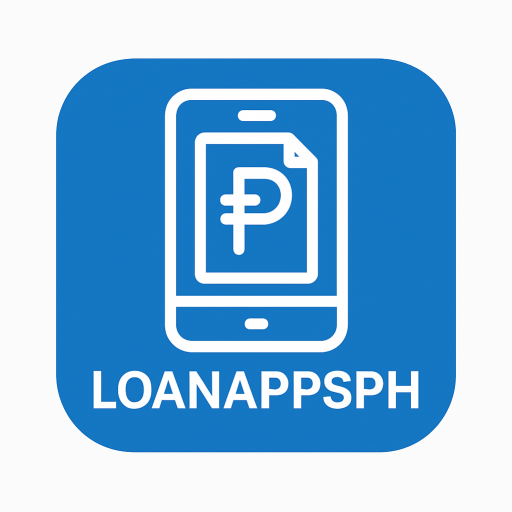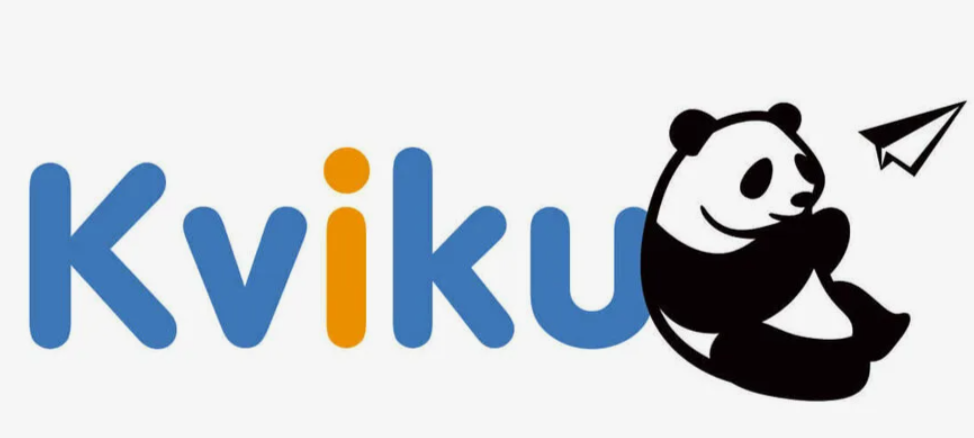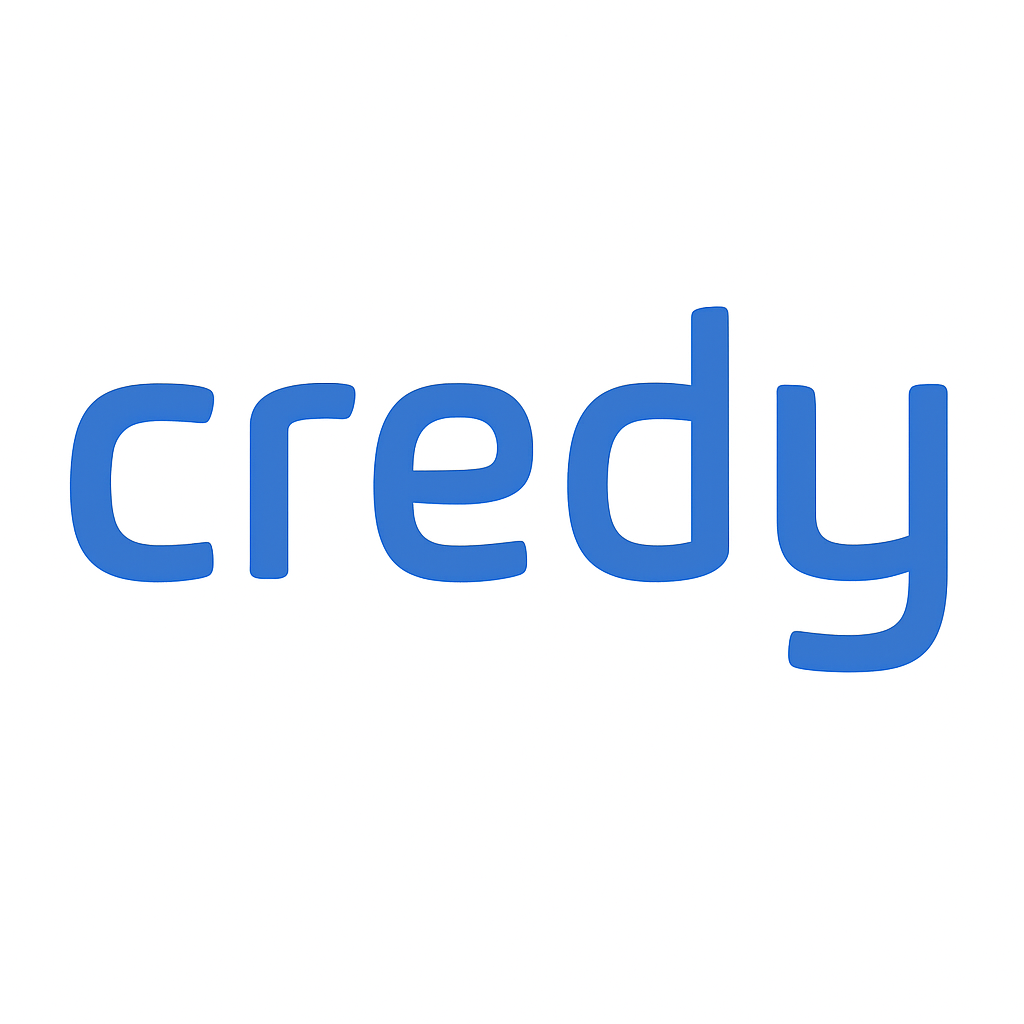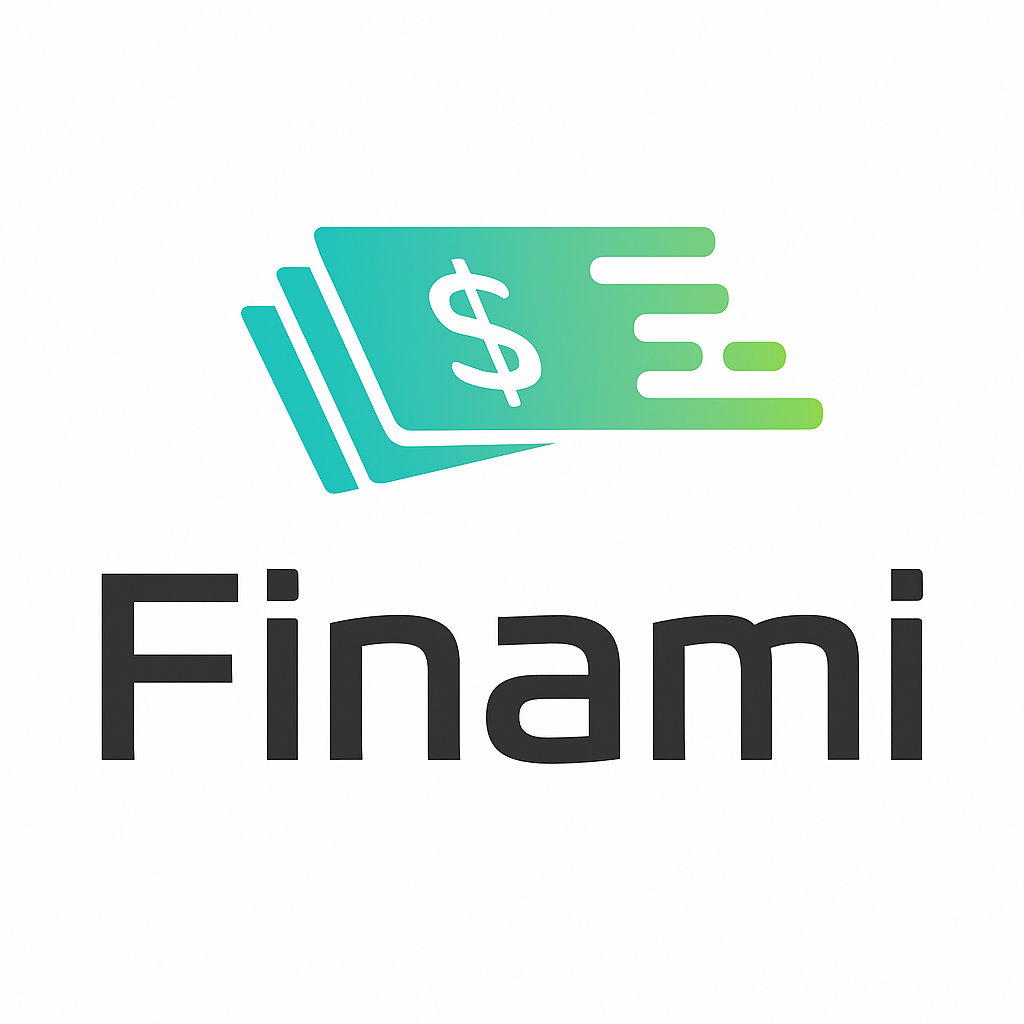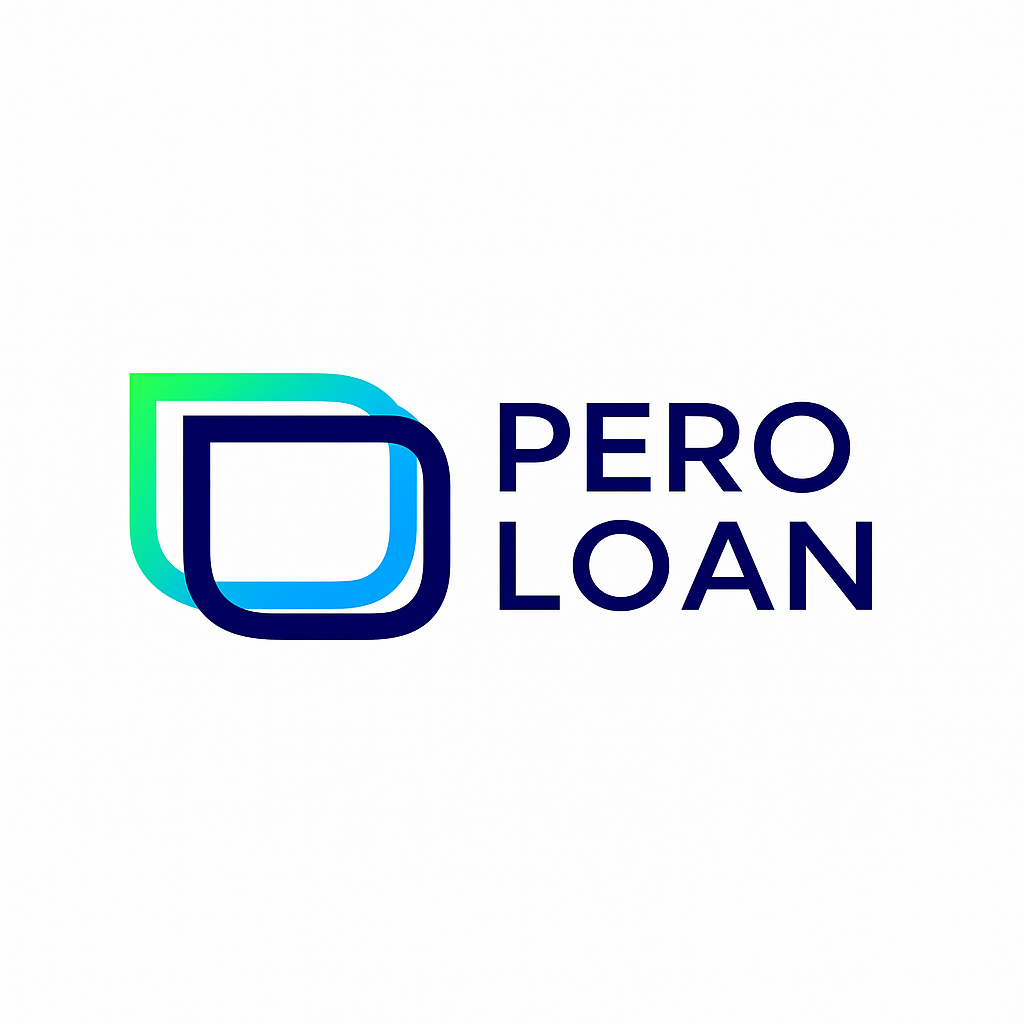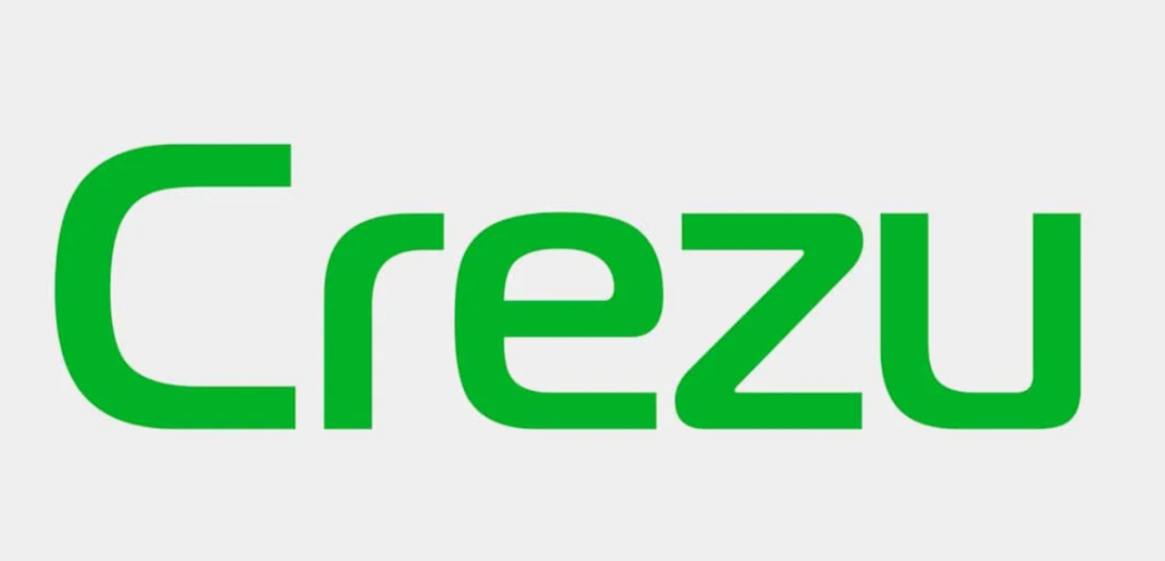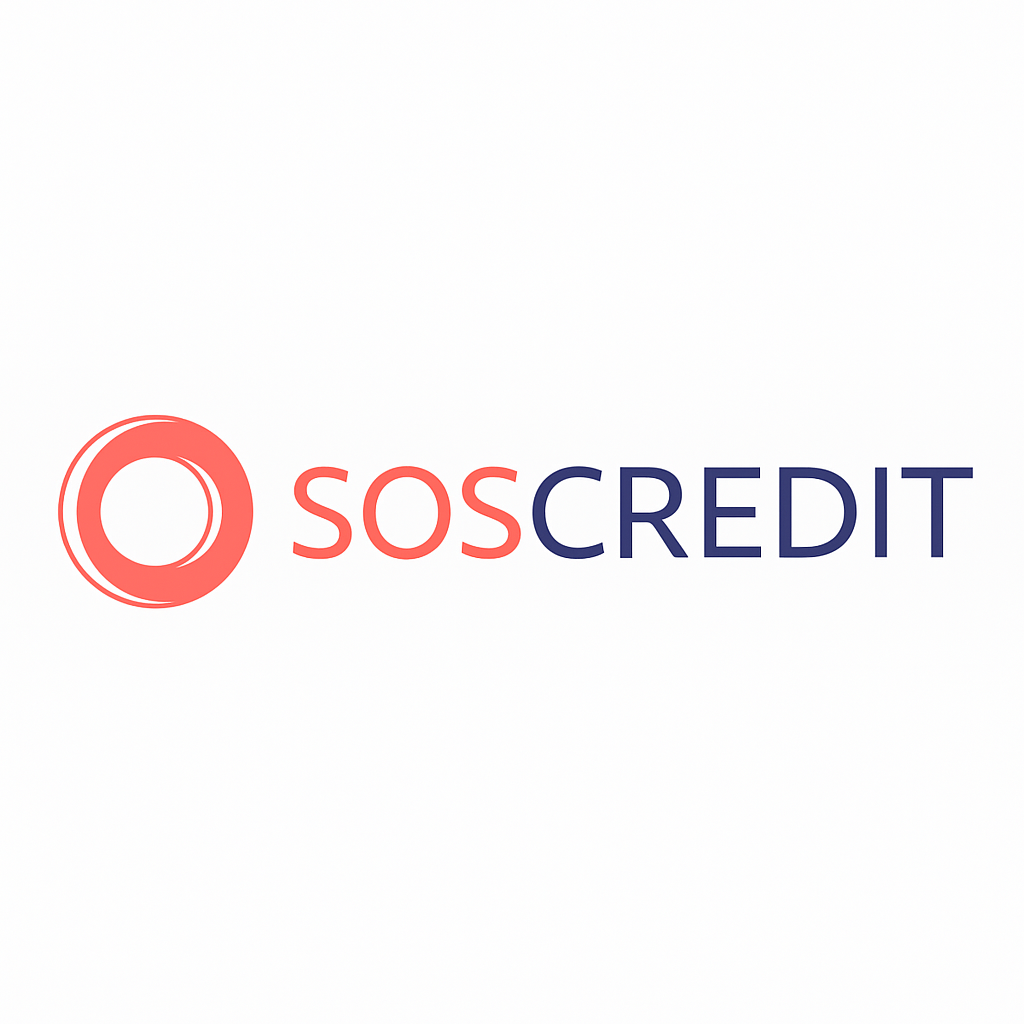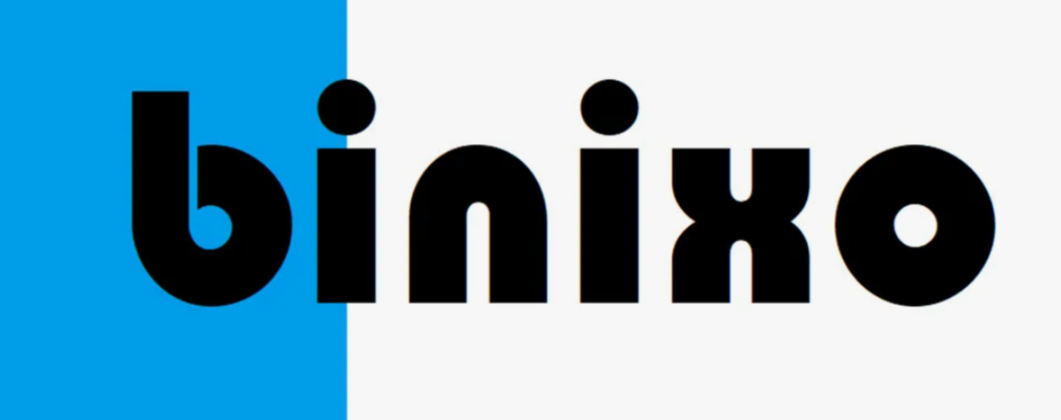Emerging Trends in Philippine Digital Lending: What to Expect Beyond 2025
Trusted Loan Apps
The digital lending space in the Philippines continues to evolve rapidly, driven by technological advances, regulatory changes, and shifting consumer needs. As we look beyond 2025, several emerging trends promise to reshape how Filipinos access credit and manage personal finances. This article explores these trends, highlighting innovations that will define the future of lending.
Expansion of Buy Now, Pay Later (BNPL) Services
BNPL is gaining traction among Filipino consumers, especially millennials and Gen Z. This service allows customers to purchase goods and services and pay for them in installments without interest, typically within 30 to 90 days.
- Growth Drivers: Increasing e-commerce adoption and consumer demand for flexible payments.
- Challenges: Risk of over-indebtedness and regulatory scrutiny.
- Future Outlook: Integration with major retail platforms and more comprehensive credit assessments.
Artificial Intelligence and Machine Learning in Credit Scoring
AI-driven algorithms are increasingly used to assess borrower risk more accurately by analyzing alternative data such as social media behavior, transaction history, and mobile phone usage.
- Benefits: Faster approvals, inclusion of underserved populations.
- Risks: Data privacy concerns and algorithm biases.
- Regulatory Focus: Ensuring transparency and fairness in AI models.
Blockchain and Smart Contracts for Loans
Blockchain technology offers secure, transparent, and tamper-proof records of loan agreements, automating contract enforcement through smart contracts.
- Potential: Reduced fraud, streamlined loan processing.
- Adoption Status: Early stages, with pilot projects in select fintech startups.
Enhanced Regulatory Frameworks
Regulators like BSP are updating policies to keep pace with innovation while protecting consumers. This includes frameworks for digital banks, data privacy, and fintech collaborations.
Financial Inclusion Initiatives
Efforts to reach rural and marginalized populations through mobile lending, agent banking, and community-based microfinance continue to grow.
Environmental, Social, and Governance (ESG) Considerations
Lenders are increasingly integrating ESG factors into lending decisions, promoting sustainable finance.
Conclusion
The future of digital lending in the Philippines beyond 2025 is marked by innovation and inclusion. Staying informed about these trends will help borrowers, lenders, and policymakers navigate the evolving landscape effectively.
